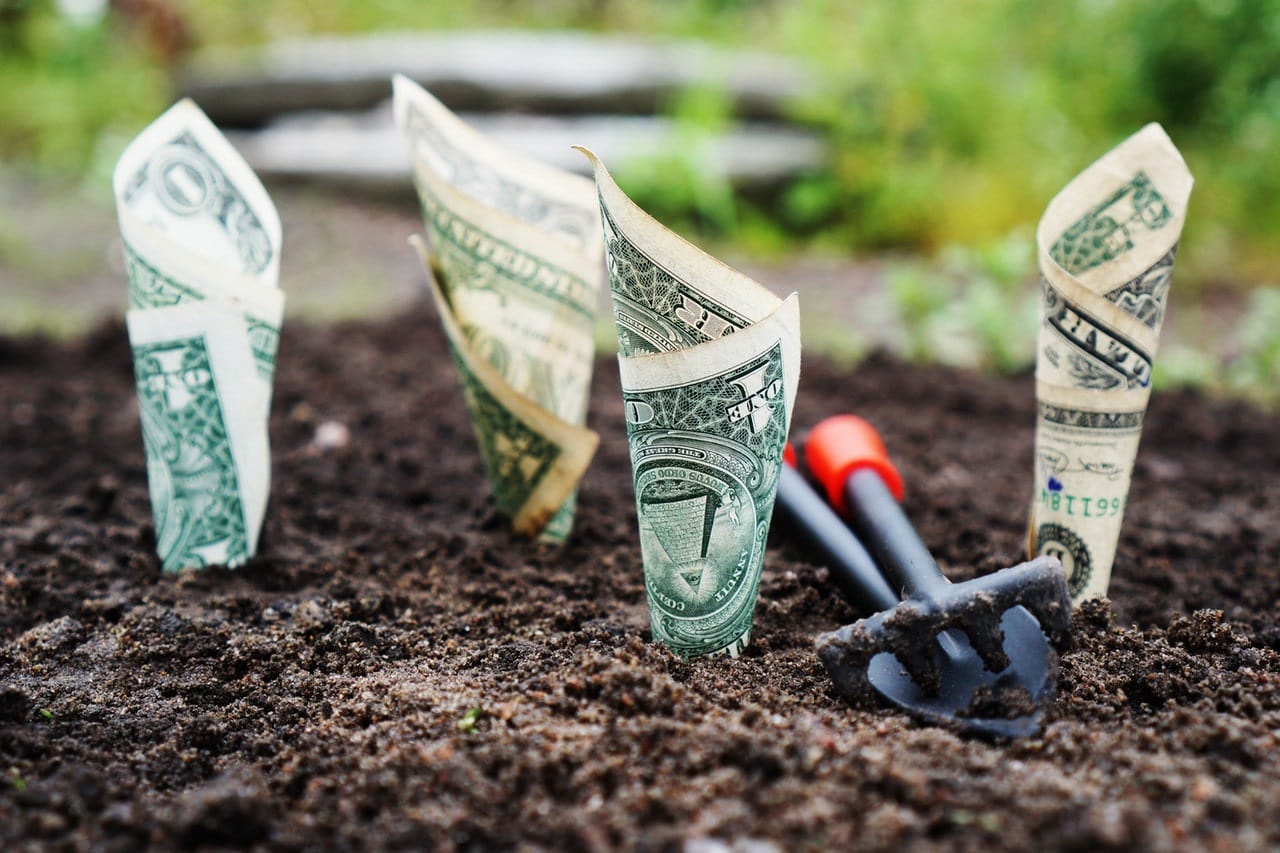
Clean Soil: A Poem
A fist of soil,
by any other name
would still be dirt.
But dirty soil can be,
might be clean soil,
if given a chance to do so.
First the obvious: we all know that soil is inherently dirty (it is dirt after all!). But not all soil is created equal. In some instances, that stuff we call dirt might actually be clean and economically useful. But how can dirt and soil ever be considered “clean”? New York City is tackling this apparent oxymoron with the launch of PUREsoil NYC.
PUREsoil NYC is a relatively new program being promoted by Mayor Bill de Blasio. The program recycles “clean” soil from New York City construction projects by making that soil available both to construction projects that need fill and to community-based organizations to improve soil quality in gardens, yards, and other open spaces across the City. The source of the soil is the City’s Clean Soil Bank.
What’s the dirt on urban soil?
Scientists have documented the presence of various pollutants in soil from sources like automobile exhaust (e.g., all those decades of leaded gasoline before the current unleaded variety made a permanent mark on soil) and the residue of products like lead in paint, as well as naturally occurring metals (i.e., mercury, lead, etc.). These pollutants can be harmful to the health of urban citizens who come into contact with soils, particularly young children who play in dirt. PUREsoil NYC may be the first program designed to solve the problem of ubiquitous urban soil pollution and reduce soil pollution exposures on a community-wide scale.
What is the City’s Clean Soil Bank?
The City’s Clean Soil Bank is a virtual exchange that matches projects in NYC that are generating surplus clean native soil with projects that need soil for new construction and other purposes. Clean soil is then transported directly between these sites, free of charge. This is one of the most sustainable approaches available for recycling soil. Available clean soil comes from deep below the ground and consists of native sediment deposited by glaciers more than 10,000 years ago. It is among the highest-chemical-quality soil found in the northeastern United States. The soil then is subject to a 12-step chemical quality vetting process to ensure purity.
Not only does the Clean Soil Bank aspire to lower urban resident exposure to hazardous pollutants, but it also recycles clean soil to projects intended to make the City more resilient to the effects of climate change. In fact, sixty percent of the soil from the City’s Clean Soil Bank has been recycled to aid sustainability projects, including the creation of tidal and freshwater wetlands, berms, and levees, and projects to raise the elevation of coastal land. Now, with PUREsoil, the City’s Clean Soil Bank will contribute to a broader variety of projects that will benefit the public as a whole.
For more information on PUREsoil NYC and the City’s Clean Soil Bank, visit the NYC Office of Environmental Remediation website here.
Contact the attorneys of Periconi, LLC at 212-213-5500 if you are a community organization interested in receiving clean soil, are planning or even now undertaking an urban construction project and would like to discuss the benefits of the PUREsoil Program, or if you have general questions about the PUREsoil Program or the City’s Clean Soil Bank.

